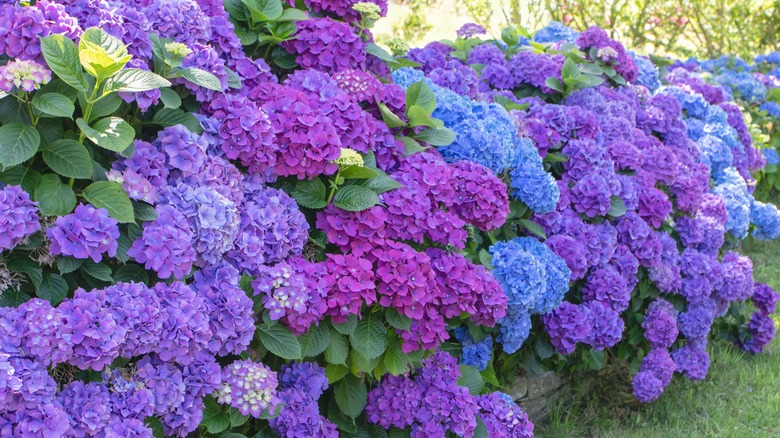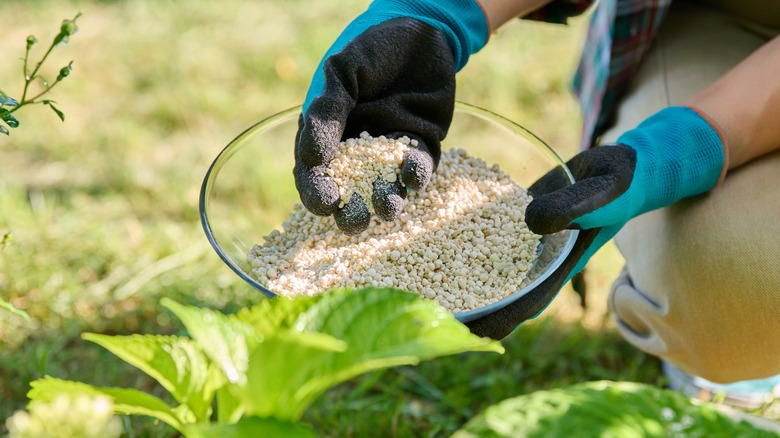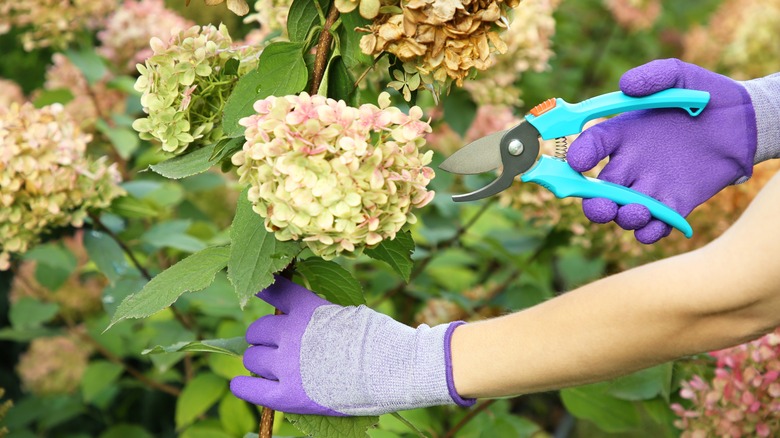Common Myths & Misconceptions About Growing Hydrangeas
Hydrangeas are some of the most striking flowering plants that you can grow in your garden. However, while you'll find plenty of useful advice about growing these gorgeous plants online, you'll most likely also come across some common myths and misconceptions. You need to be wary of these false pieces of advice if you want your plants to thrive and delight you with their enormous blooms throughout the warmer months. Some of the most common myths and misconceptions include that feeding your hydrangeas with a balanced fertilizer will give you larger blooms and changing the color of your flowers is quite easy and is possible for every hydrangea species. Plus, there are also a number of myths around pruning your hydrangeas that you should be aware of.
Before uncovering these myths, however, it's crucial to ensure that you're caring for your hydrangea properly. While these plants are generally easy to care for, they do have some requirements that will help you produce gorgeous blooms. They need to be in the right location for the specific type you're growing. While many will grow in lots of sun, some can also be grown in partial shade. Furthermore, the soil needs to be well-draining. While hydrangeas need to be watered frequently, they won't thrive if the water doesn't drain. The soil should be fertile and could be amended with compost. Also consider this useful gardening tip you shouldn't overlook to ensure stunning hydrangea blooms.
Myths around fertilizers and changing the color of your blooms
Some say you should feed hydrangeas with a balanced fertilizer if you want larger blooms. However, if you're finding that your hydrangea's flowers are smaller than normal, it might be a case of not enough water or sunlight or even of using the wrong type of fertilizer. If you want lots of blooms, the ample nitrogen found in balanced fertilizers such as one with an NPK ratio of 10-10-10 will promote plenty of new green growth without promoting the production of more flowers. Instead, rose food could be a better fertilizer option. Do some research to determine what fertilizer is best for you depending on your specific goals.
Another common myth is that you can change the color of all hydrangeas through the soil's pH. While this is certainly true for some species, it's not possible with every variety. It's only possible to change the colors of the blooms of some bigleaf and mountain hydrangeas by altering the pH of the soil. If growing either of these two species, acidic soil will give you blue flowers, while alkaline soil will produce pink flowers. There are various methods to alter the pH of your soil, but you should understand that it might take some time for the adjusted soil pH to be reflected in the colors of the blooms. You should also note that white hydrangeas will always produce white or cream flowers and changing the soil pH will not affect the color of these blooms.
Hydrangea pruning and deadheading misconceptions
While there are plenty of flowering perennials that will respond with additional blooms if you deadhead them, some hydrangea species will not respond this way. This is because many species like bigleaf, mountain, climbing, and oakleaf hydrangeas will generally bloom on old wood, while other species, such as panicle and smooth hydrangeas, will bloom on new growth. So, once your old wood blooming hydrangea has put on its floral display, there won't be any flower buds for additional blooms until the next season. This then also leads us to the misconception that every single type of hydrangea needs annual pruning. Once again, this is simply not the case and will depend entirely on the species you're growing.
For example, hydrangeas that bloom on old wood will not actually benefit from annual pruning. In fact, you might just be cutting off the flower buds and end up with fewer blooms if you prune them too much or at the wrong time. These species should only be cut back to maintain their shape and only just after they've finished blooming. On the other hand, hydrangeas that bloom on new wood will benefit from an annual prune in spring because this will encourage new stems to grow that will produce additional flowers. Essentially, it's important to learn how to prune your specific hydrangeas correctly so that you end up with lots of glorious blooms.


